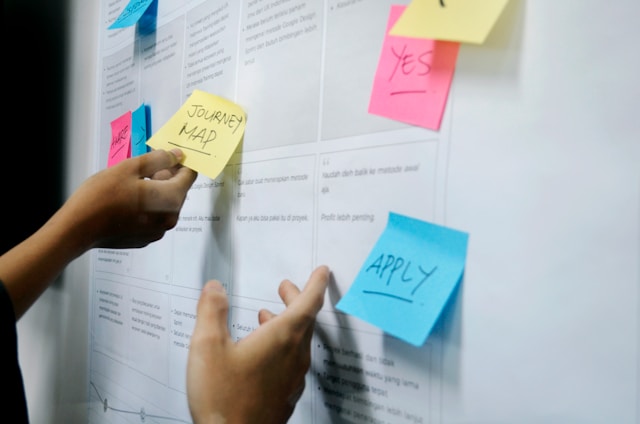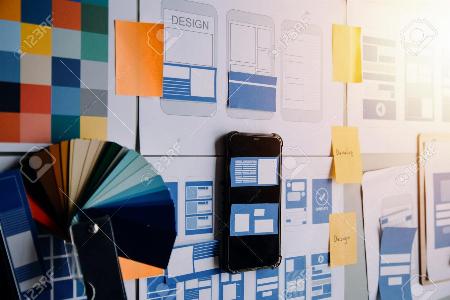How to Create a Seamless User Journey in Web Design
In today’s competitive digital landscape, creating a seamless user journey in web design is essential for engaging visitors and guiding them toward their goals. A well-designed user experience (UX) ensures visitors feel connected, confident, and motivated to interact with your site. Research shows that 88% of online consumers are less […]
Read more



